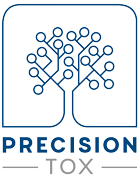VOXLAB
The PrecisionTox podcast
Discover what the Theory of Evolution teaches us about fruit flies, round worms, water flea, zebrafishes and frogs and how we can harvest this knowledge to better protect all animals, including humans, and the ecosystems from the adverse effects of chemicals thanks to the power of phylogenetics and toxicology.
The content of this programme only reflects the authors’ view, the EU cannot be held responsible for any use of the information contained therein.
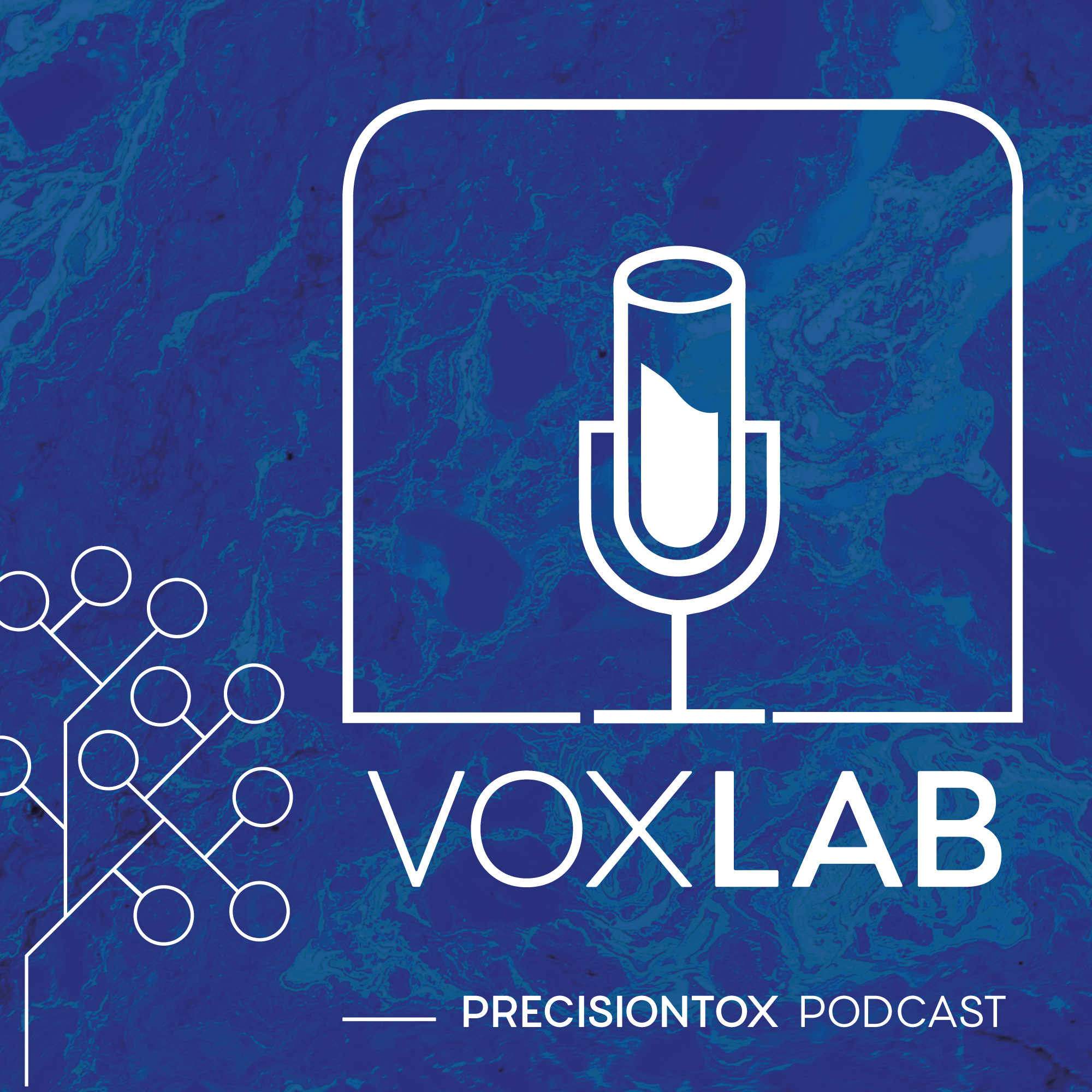
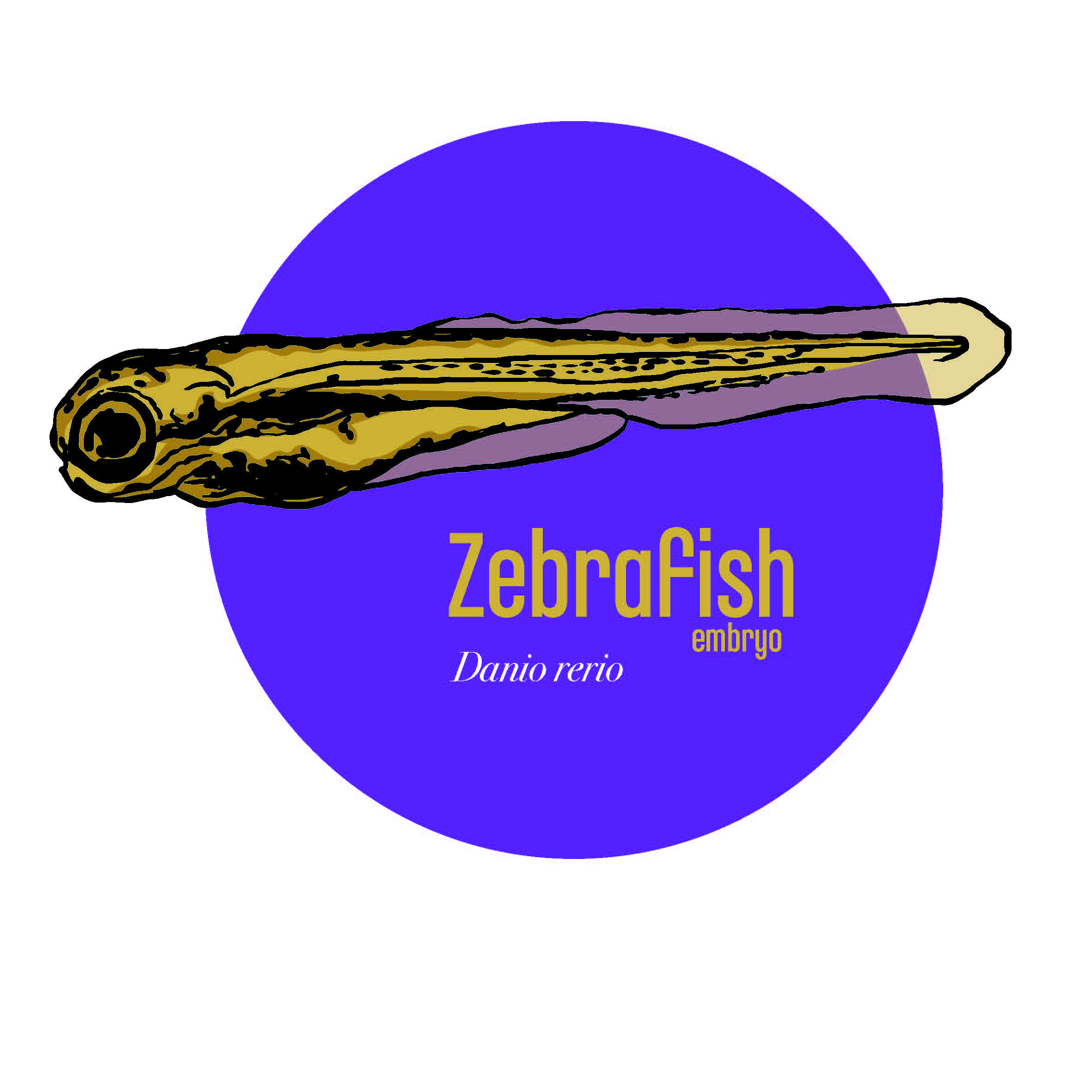
Abstract
Thomas Dickmeis, from our partner organisation KIT introduces us to the use of zebrafish embryos in research. From ecotoxicology to biomedical research, discover the fascinating features of this popular fish and how scientists are using this robust 3Rs compliant model to advance the understanding of animal biology, including humans.

Episode #4: Xenopus embryos, a 3Rs compliant model for Human and environment health
Abstract
Barbara Robin and David Du Pasquier, from the Laboratories WatchFrog in France, are the guests of this episode dedicated to the Xenopus embryos. This frog from Africa has gained a growing attention in the scientific community throughout the last decades for all the endpoints that it allows to study. Xenopus embryos consitute a model compatible with the objectives of reducing and replacing animal testing which can teach us a lot on the potential adverse effects of chemicals on human health, and thus in a ethical, faster and cost-effective way. Our guest will tell you more in this podcast.

Episode #3:
Daphnia, a biodiversity time machine to protect humans and the environment
Abstract
Prof. Luisa Orsini of the University of Birmingham introduces us to another fascinating organism model that serves both as sentinel in ecotoxicity as well as to predict the effect of chemicals on human health. Daphnia is a crustacean that lives in fresh waters that has the capacity to clone itself and enter stasis for centuries. Scientists use this model to understand biodiversity loss through times. These characteristics as well as the conserved genes that they share with humans throughout evolution also makes it a promissing model to replace mamalian models in toxicology to accelerate the identification of harmful chemicals. Discover how!
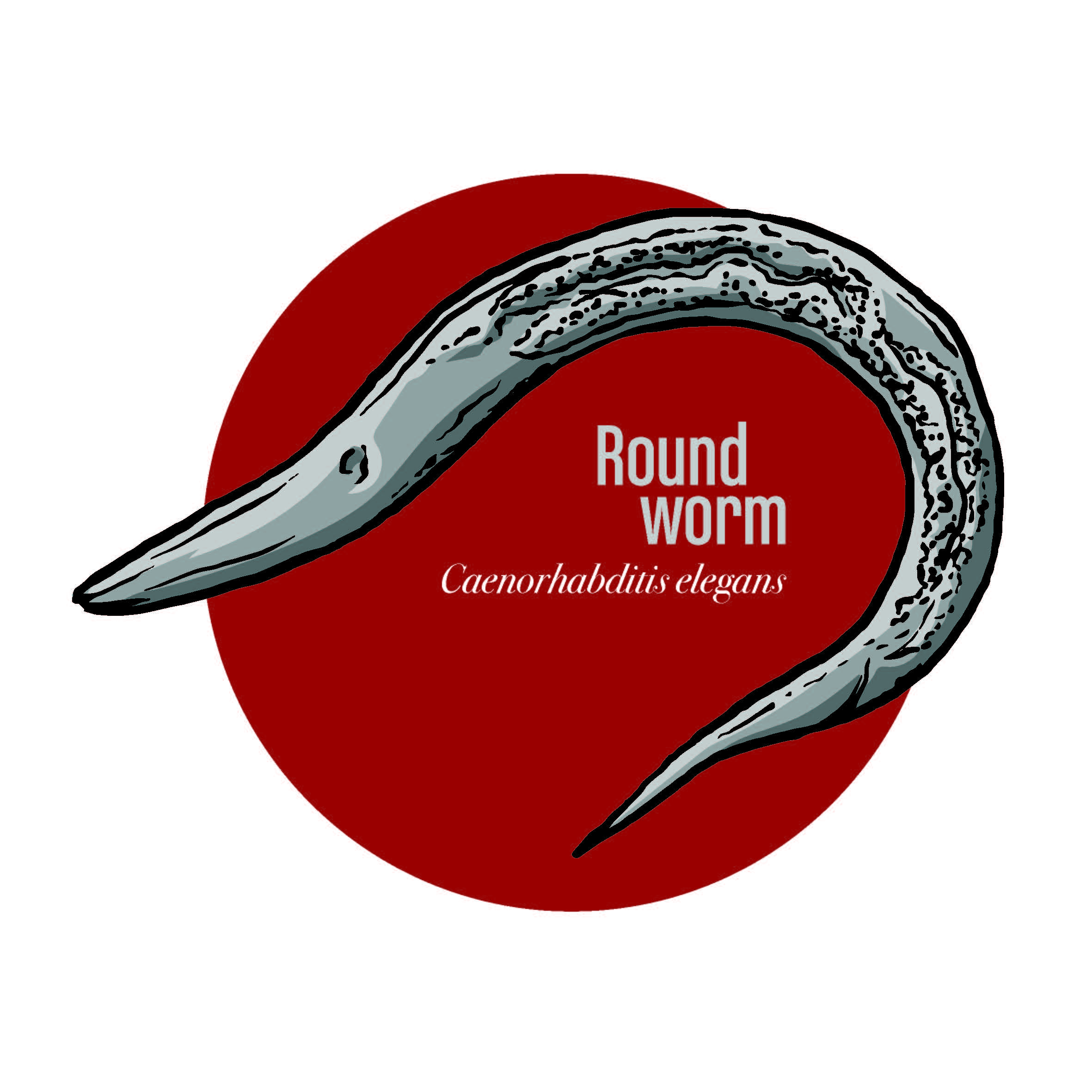
Episode #2:
How worms are replacing mammalian models in toxicology and safety testing
Abstract
In this second episode of VOXLAB, the PrecisionTox podcast, Jeanne Laperrouze meets Prof. Jonathan Freedman from the University of Louisvilles (USA) to discuss the opportunities offered by alternative models to mammalian animals, such as C elegans to advance safety assessment of chemicals. This worm was the first organism whose DNA was fully sequenced. Since then, researchers have gathered extensive knowledge on this organism that the PrecisionTox consortium is now harvesting to transform toxicology from an observation discipline to a mechanistic science, to ultimately better protect human health and the environment. Discover how in this podcast and more!
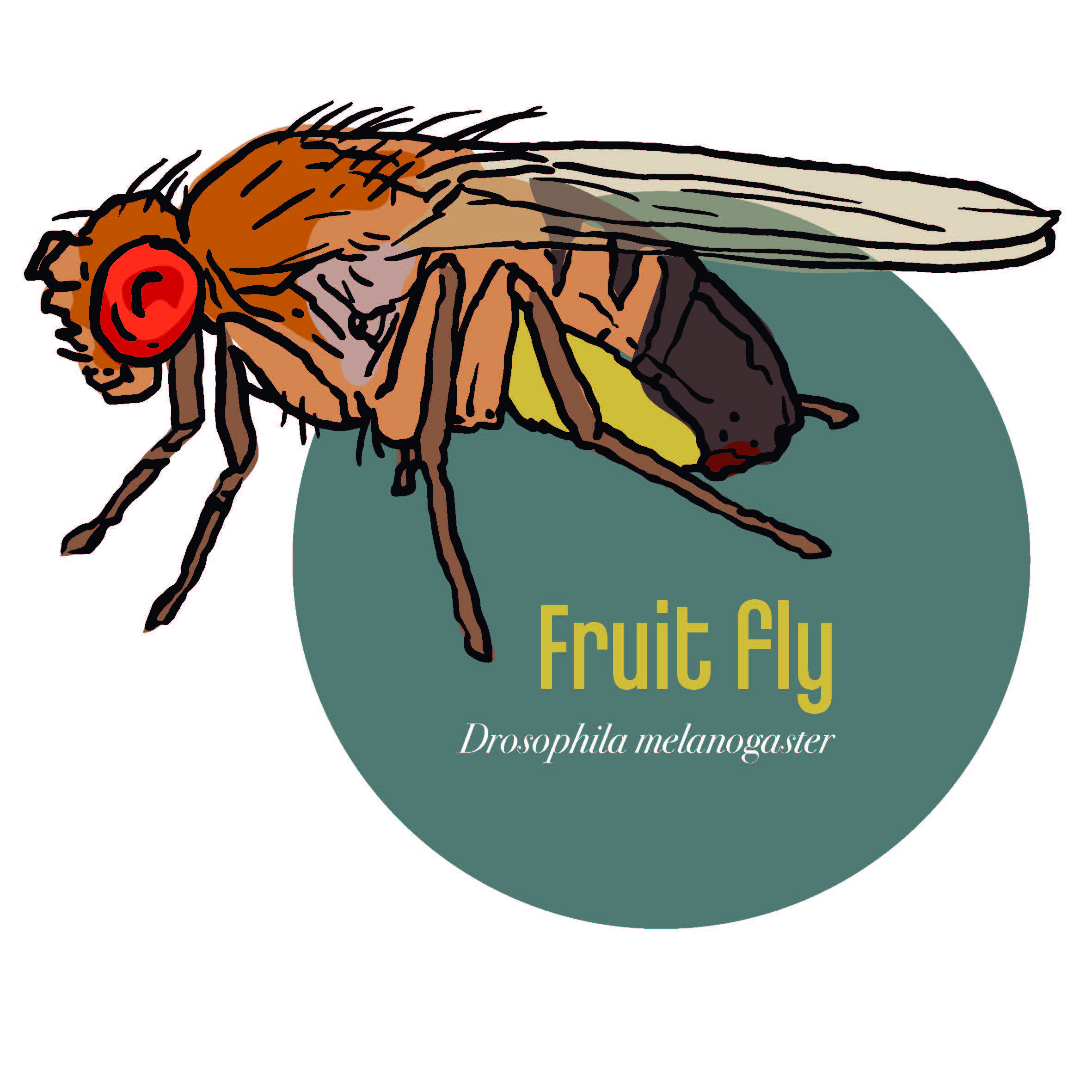
Episode #1:
What Drosophila can bring to toxicology and human health?
Abstract
Did you know that 60% of the Drosophila melanogaster (or fruit fly) genome is 60% homologous to that of humans? And that 75% of these genes were inherited from a common ancestors? That makes a valuable argument to use flies as a relevant model to study human health.
Dr. Trudy Mackay, Director of Clemson University Centre for Human Genetics, explains how the theory of evolution and the advancement of genetics have led the PrecisionTox project to select Drosophila as one organism models to develop methods to accelerate chemical risk assessment to better protect humans and the environment and ultimately replace mammalian models.
